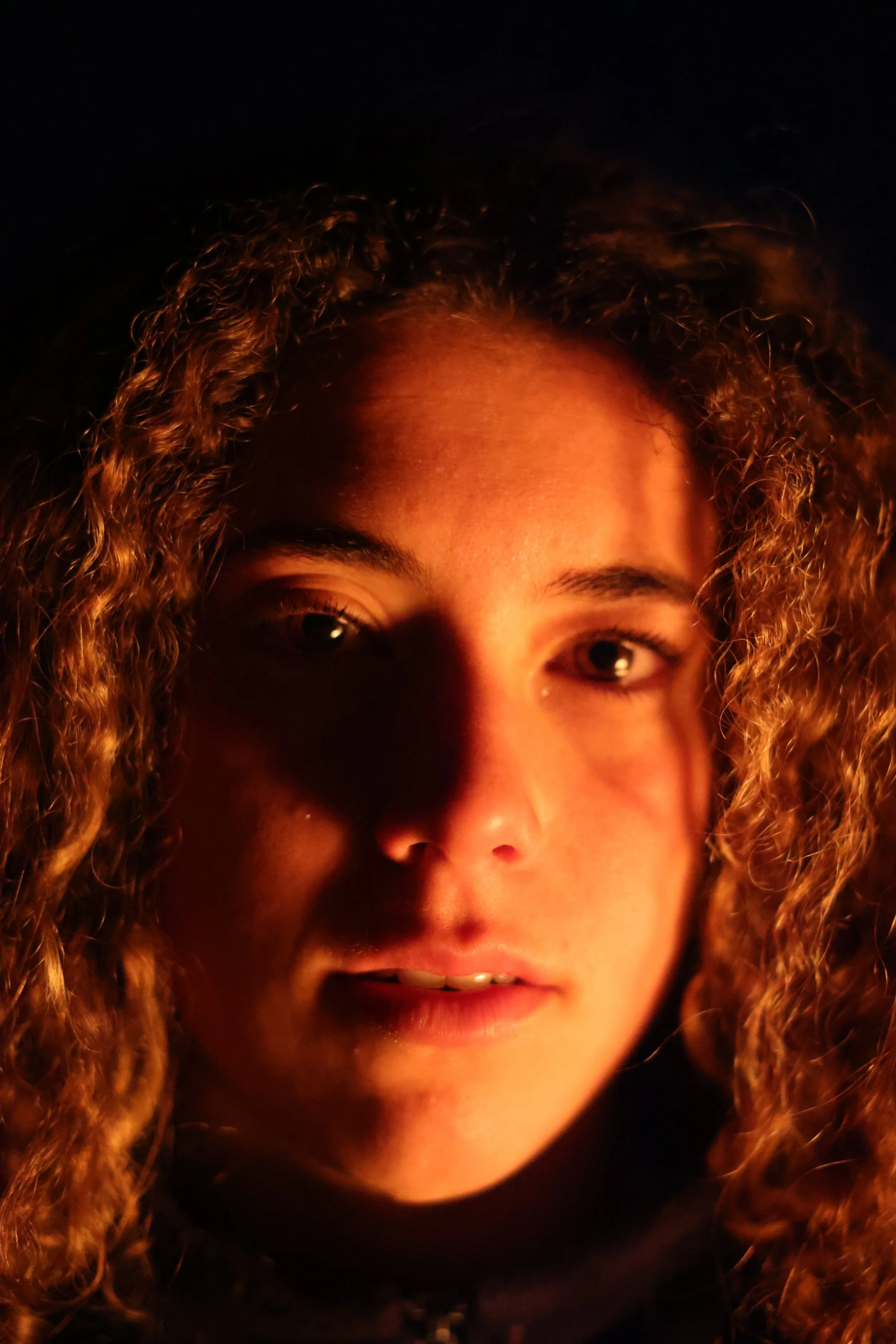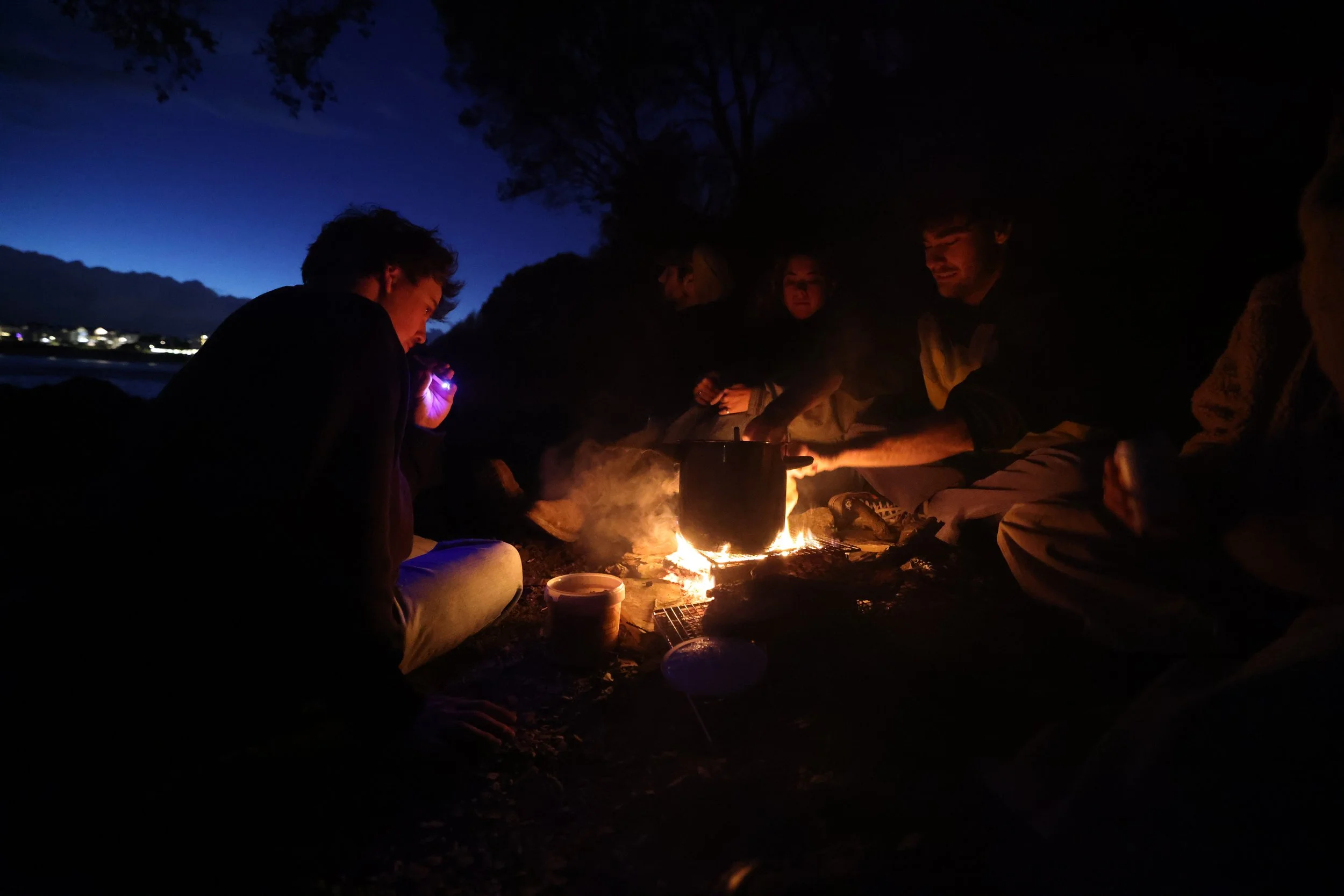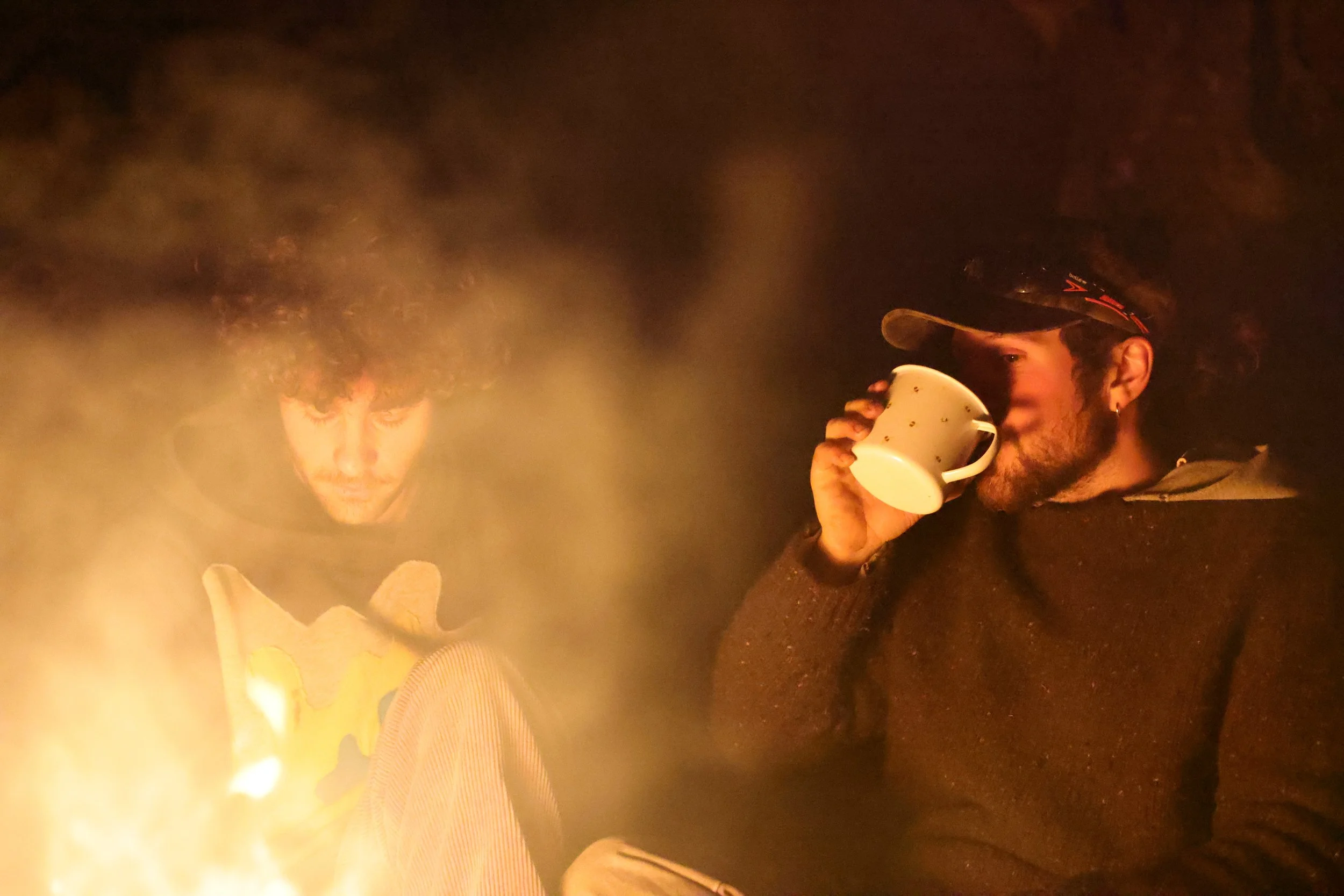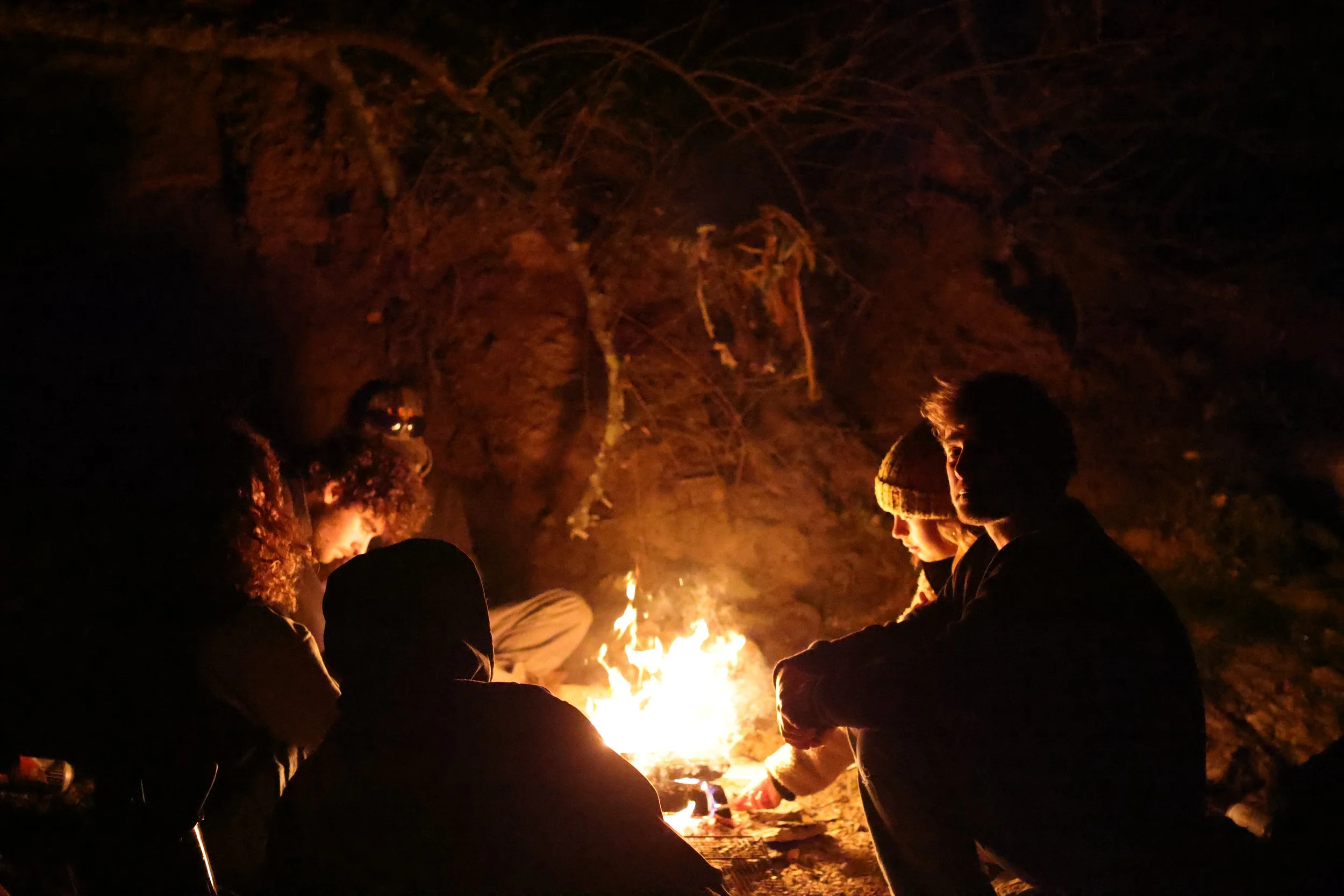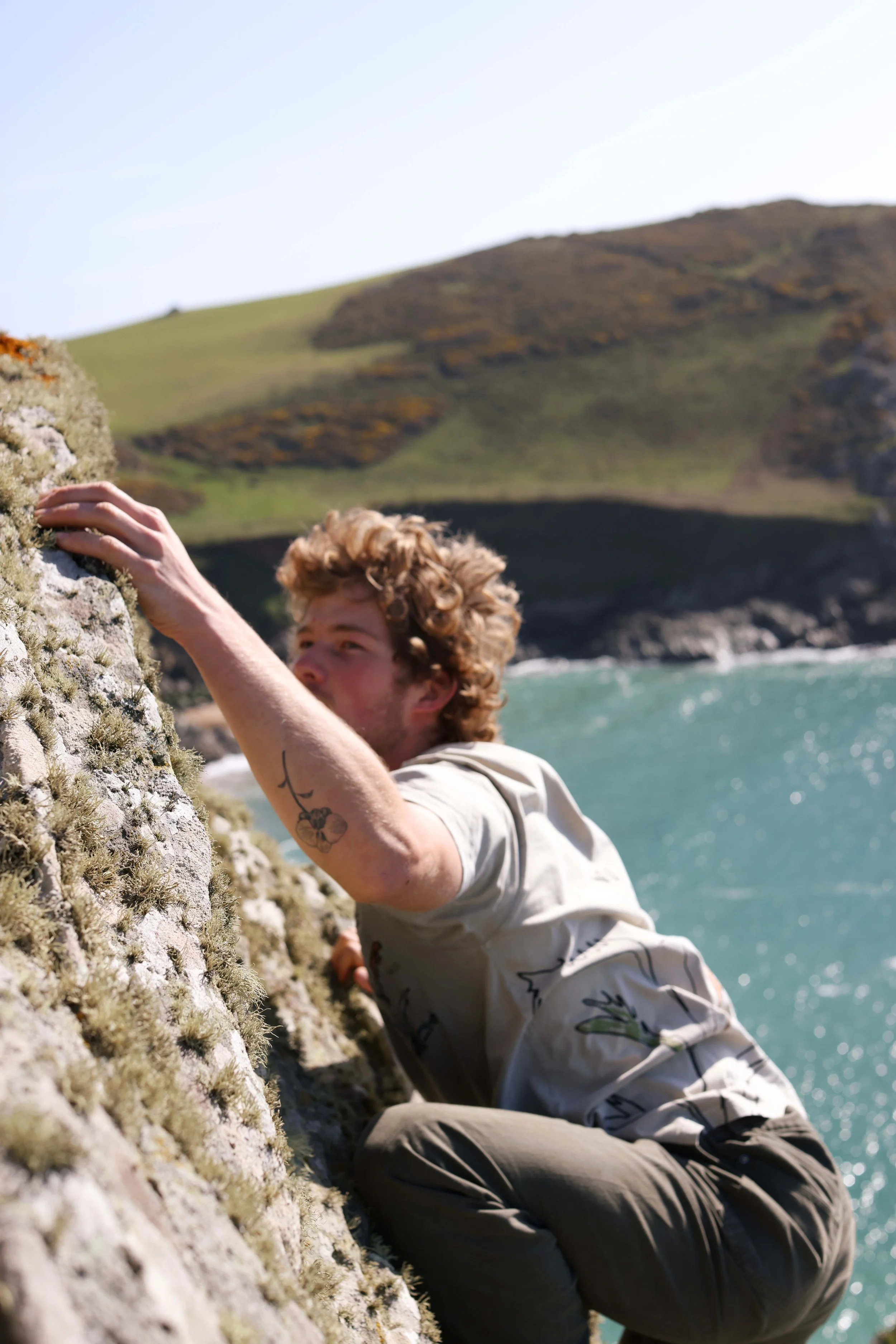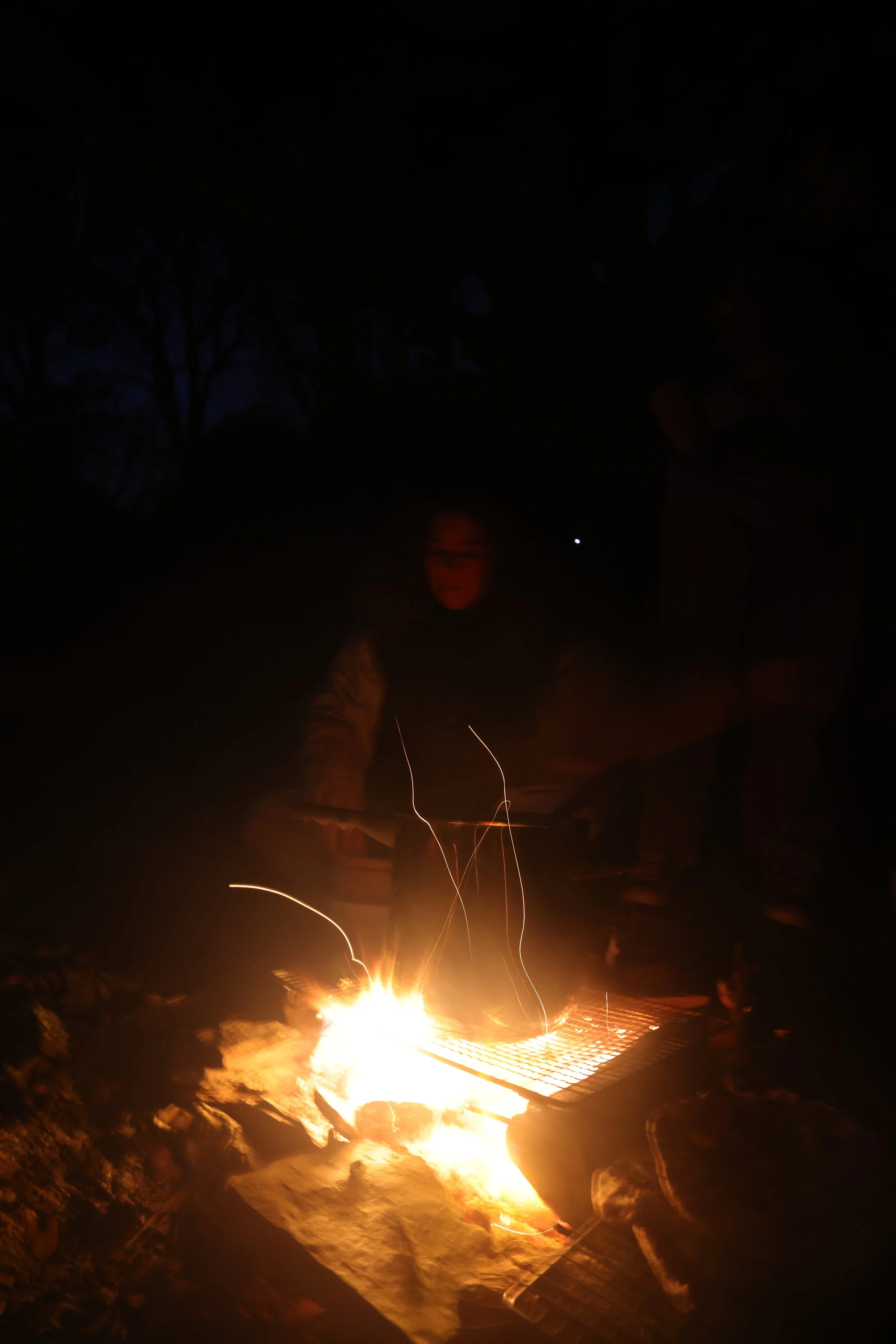What Remains Human
In a world where survival no longer requires struggle, modern life has become overly comfortable—yet increasingly disconnected. Feeling like my life had become almost robotic, I found myself moving through my days on autopilot, detached from my own experience. In search for a primal human experience, I set out on a three day walk along the Cornish coastal path one winter night. I took no food or water—only basic camping gear and the knowledge of what I could forage: plants, limpets and seaweed.
I climbed cliffs with a knife between my teeth, hacked limpets from rocks, and huddled in my sleeping bag on a bare groundsheet as the nights dropped below freezing. It was unbelievably hard, but in those moments—uncomfortable, raw and stripped of convenience—I felt truly human.
The experience was both a success and a failure. It was fulfilling, but unsubstantial. It made me question: how can we access these primal states in our modern world while still maintaining community and digital connection?
As a photographer today, it’s increasingly difficult to know what’s real. Technology is advancing rapidly, media is biased, and the role of the artist is uncertain. AI can now generate entire image series indistinguishable from those created by humans, questions around authorship and artistic integrity have become more pressing. Just as early photography was once dismissed as a mechanical shortcut to painting, AI and digital tools such as Photoshop are similarly viewed as diminishing the craft of photography. But this is the direction our world is moving. Instead of resisting these developments or chasing a purely 'natural' form of photography to answer my questions, I chose to engage directly with the digital age. I began experimenting with the very technologies that feel unsettling—because they may reflect modern human experience more accurately than isolation and survival ever could.
This project began with asking AI, a machine—incapable of emotion or sensation—to summarize what we can do to feel intrinsically human in this modern day. In response, it presented images and descriptions of primal moments: drinking water from a stream, sharing food around a fire, waking with the first light of dawn.
I then recreated these described scenarios, documenting people living these deeply human experiences. It became a layered experiment: a mechanical eye capturing a computer-generated prescribed idea of humanity. The images that resulted are my digital recreations of what a machine imagined it might mean to feel alive. And yet, the feelings in those moments were real. The subjects felt them. I felt them.
Ironically, AI is simply an algorithmic summary of the countless human experiences recorded over our history. So, when I asked AI what it means to feel alive, perhaps what I was really asking is “When and why did we replace feeling alive with a digital existence?”







